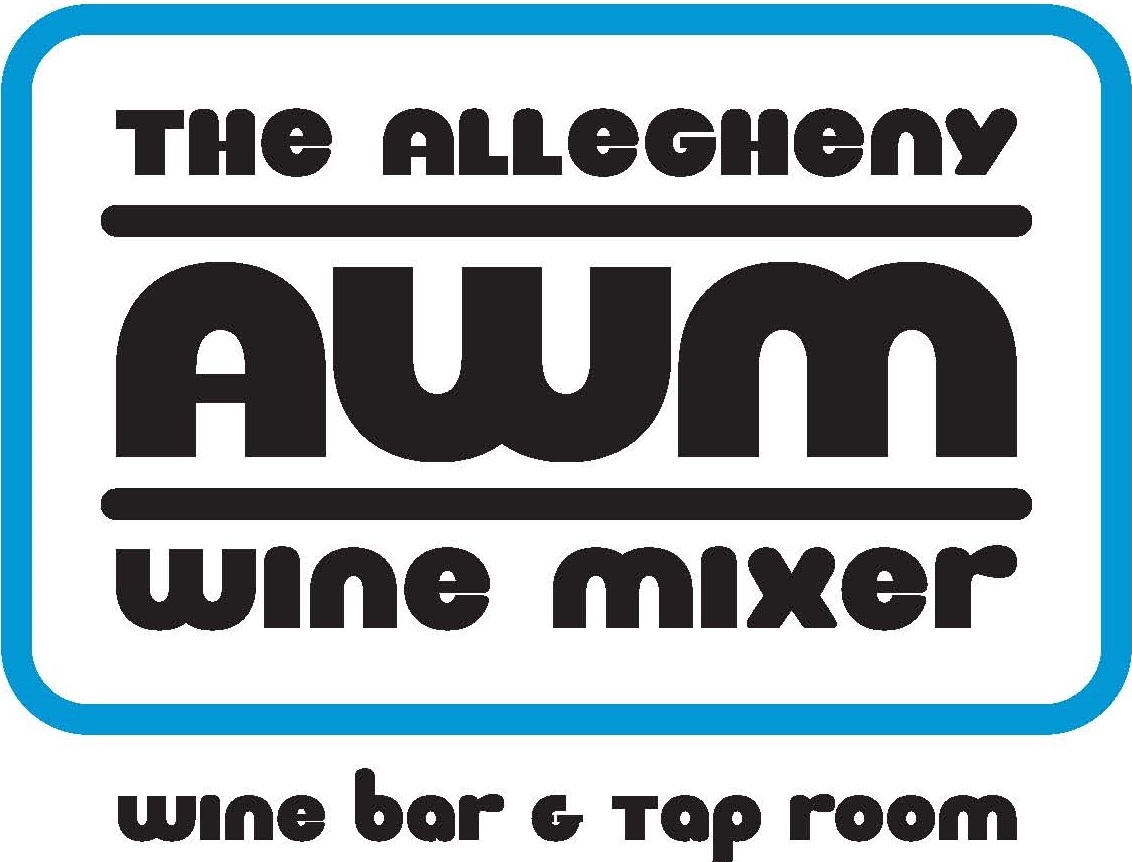1975 was a pretty tumultuous year in the U.S. Saigon fell. The FBI nabbed Patty Hearst. Saturday Night Live debuted. The Ramones got signed to a record deal. And out in Napa, Sutter Home screwed up a batch of dry rosé made from Zinfandel.
The very first day of winemaking 101, you learn that yeast + sugar = alcohol and CO2. But if fermentation stalls for some reason, some sugar will be left over, and the wine will remain slightly sweet. This is what happened at Sutter Home. Not willing to take the loss on dumping it, they bottled their mistake, christened it “White Zinfandel,” and by the time the U.S. emerged from its sweet blush hangover in the 90s, the reputation of pink wines had been thoroughly trashed.
Not that they had enjoyed all that great a reputation before the White Zinfandel tsunami, represented as they were in the American consciousness mostly by cheap Portuguese imports like Mateus — a favorite of both Jimi Hendrix and Saddam Hussein — and Lancers. Little wonder that among rosé skeptics — and they do still exist — the perception that all pink wines look and taste a little like a well-chewed wad of Bubblicious dies hard.
(It’s worth noting that no less of an authority than the New York Times’ Eric Asimov, in his book How to Love Wine, counts a bottle of White Zin, shared with good friends at a beach house, as one of his earliest and most fondly recalled “epiphany” wines. And wine blogger W. Blake Grey recently opined that with the right marketing, Mateus could be the wine world’s answer to PBR — a cheap but decent throwback for slumming hipsters. Intrigued, we gave it a taste; we can’t say we agree.)
So if rosé has come a long way in the 21st century, it’s largely because it had nowhere to go but up. Fortunately, though, we live in an era where White Zin and Mateus can now be viewed through a prism of irony and nostalgia — leaving us free to enjoy some extraordinary wines like these, currently on our list:
Château De Trinquevedel Tavel 2014. 45% Grenache, 24% Cinsault, 15% Clairette, 10% Mourvèdre, 6% Syrah. Tavel is the only AOC in France dedicated exclusively to rosé, which means it’s not a by-product here — it’s the only product. Boasting a quintessential profile of Southern Rhône grapes, this one’s ripe with raspberries, musk melon, white pepper and bitter herbs with a sleek, somewhat unctuous mouthfeel and nice length.
Gaia 14-18h 2014. 100% Agioritiko. The name refers to the amount of time the skins are left in contact with the juice, resulting in a brilliant pale ruby color. In Nemea, Agioritiko can make reds somewhat reminiscent of Sangiovese; here aromas of sour cherry, melon and lime zest carry over to the palate behind a nice, tart, acidic cut.
Badenhorst “Secateurs” Rosé 2015. 50% Cinsault, 48% Shiraz, 1% Grenache, 1% Carignan. Lots of buzz about South Africa’s Swartland these days, thanks in no small part of wine makers like Badenhorst. Lively nose of strawberry preserve and rosehips, with a strong mineral presence coming out on the palate. Our first 2015!










